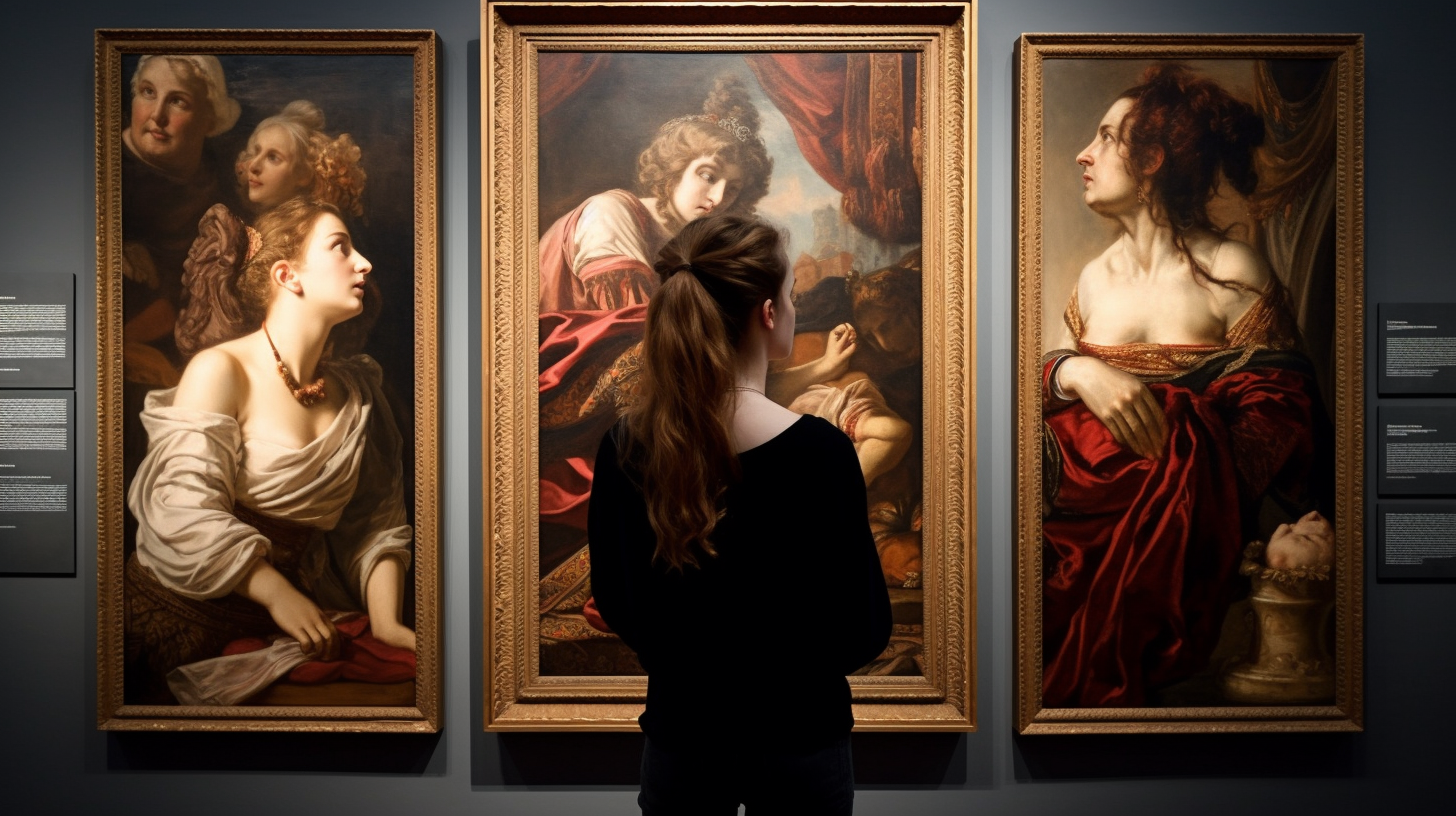During my teens, I developed a growing interest in learning to play the guitar, and finally took the plunge in 1976. I remember the time clearly, because it was the hottest summer on record.
In the mid-seventies, we didn’t have video or the Internet. Of course we had music teachers, but they were products of a classical education system, and didn’t do rock guitar. In any event, there was no way my parents would have paid some hippy to teach me to learn something as useless as playing a guitar. Books were the only source of knowledge available to me.
There were plenty of books about classical music theory. I borrowed a few from the library, but they didn’t help me understand how to play my guitar.
The most well-known, teach-yourself guitar book at that time was Bert Weedon’s “Play in Day”, first published in 1957. Musicians such as John Lennon, Paul McCartney, Eric Clapton, Mark Knopfler, Brian May, and Pete Townshend (to name but a few) have all acknowledge how this book got them playing, and the book is still sold today.
I wasn’t interested in learning from Bert. I wanted to play like guitarists of my time, not some 50s guy. My education therefore started with a more recently published book called something like “Learn Rock Guitar”. It wasn’t very good, but I guess it got me going. I learned a few riffs, chords, and a pentatonic scale.
To learn the songs of the day, there were only two options. You could try to get a look at the sheet music, but this always was written for the piano, and at best might include the guitar chords. It was also pretty expensive for someone whose only income was as a newspaper delivery boy. Option two was to copy from records.
Music was on vinyl, and singles (45s) could be played at LP speed (33 rpm) to slow down the song, and better hear the sequence of notes. That’s how I learned to play. I had to listen to songs over and over again, and worked out how play them by trial and error. Once the moves had been learned, you had to transpose fingerings to the correct Key to reproduce the proper speed pitch of the song. It took days to learn things.
After about a year, I started to I played in bands, and became disillusioned. It felt like everyone played better than me. I switched my attention to Bass guitar. It was a tactical decision because Bassists were in short supply, and I had realised I could move Bass lines away from Roots, and into a song’s melody line. Playing Bass was like playing melodic lead guitar lines. I was happy.
A few years passed. I gigged, I played on recording sessions, and I practised hard, but my musical development seemed to hit a brick wall. There was a level of playing I could never get beyond. I needed a tutor.
Being part of the music scene enabled me to find a really good tutor. In today’s money, I would have been paying about £50 per hour for my lessons, but it was the best money I ever spent. My tutor diagnosed my needs, and taught me music theory. I could play the bass – I just didn’t understand how music worked. He changed me from a Bass player to a musician, and learning about music allowed me to return to the guitar, and become a much better guitarist.
There is a massive cultural irony at work here. We go to school to learn to read and write. We take driving lessons before we buy a car. We might seek coaching in a particular sport, and yet we assume we can teach ourselves how to play a musical instrument. Whilst there may be more media options today, the instruction has changed little since my “Learn Rock Guitar”. It tells us were to put out fingers, but teaches little about musicianship.
If you are serious about playing, you need a guitar teacher.







